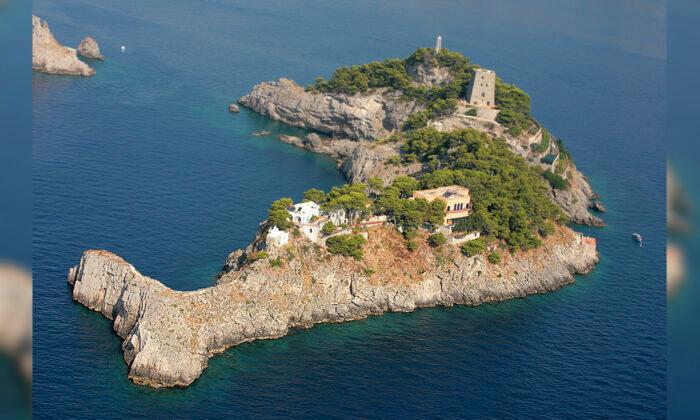Just off Italy’s western Amalfi Coast, between Capri and Positano, lies an amazing spectacle—an island that is shaped like a leaping dolphin. It is a sight that is almost impossible to believe.
In an age of Photoshop and earthworks, like the artificially constructed land developments in Dubai, you’d probably be forgiven for thinking that this dolphin-shaped island, too, was a “fake.”






